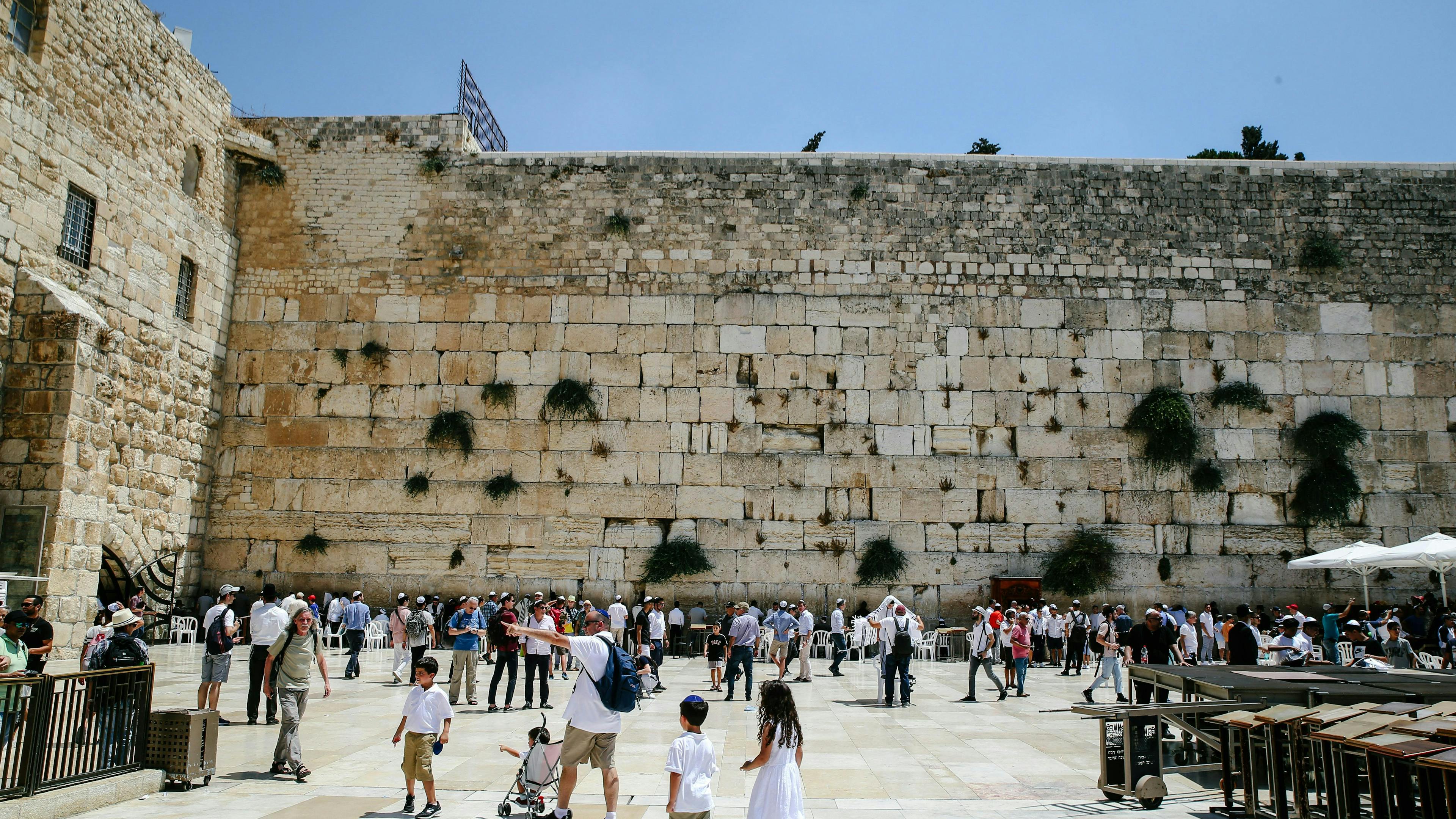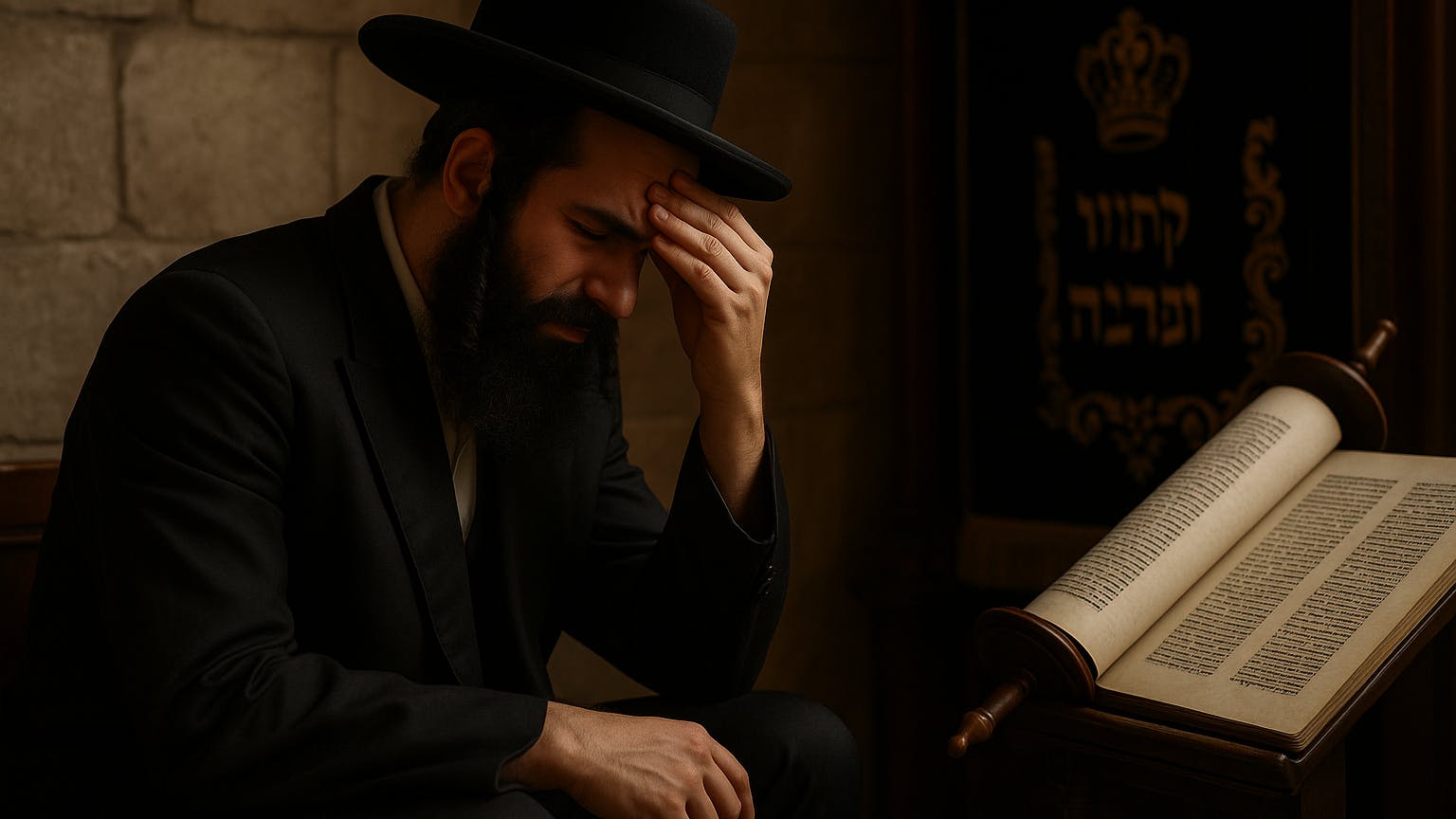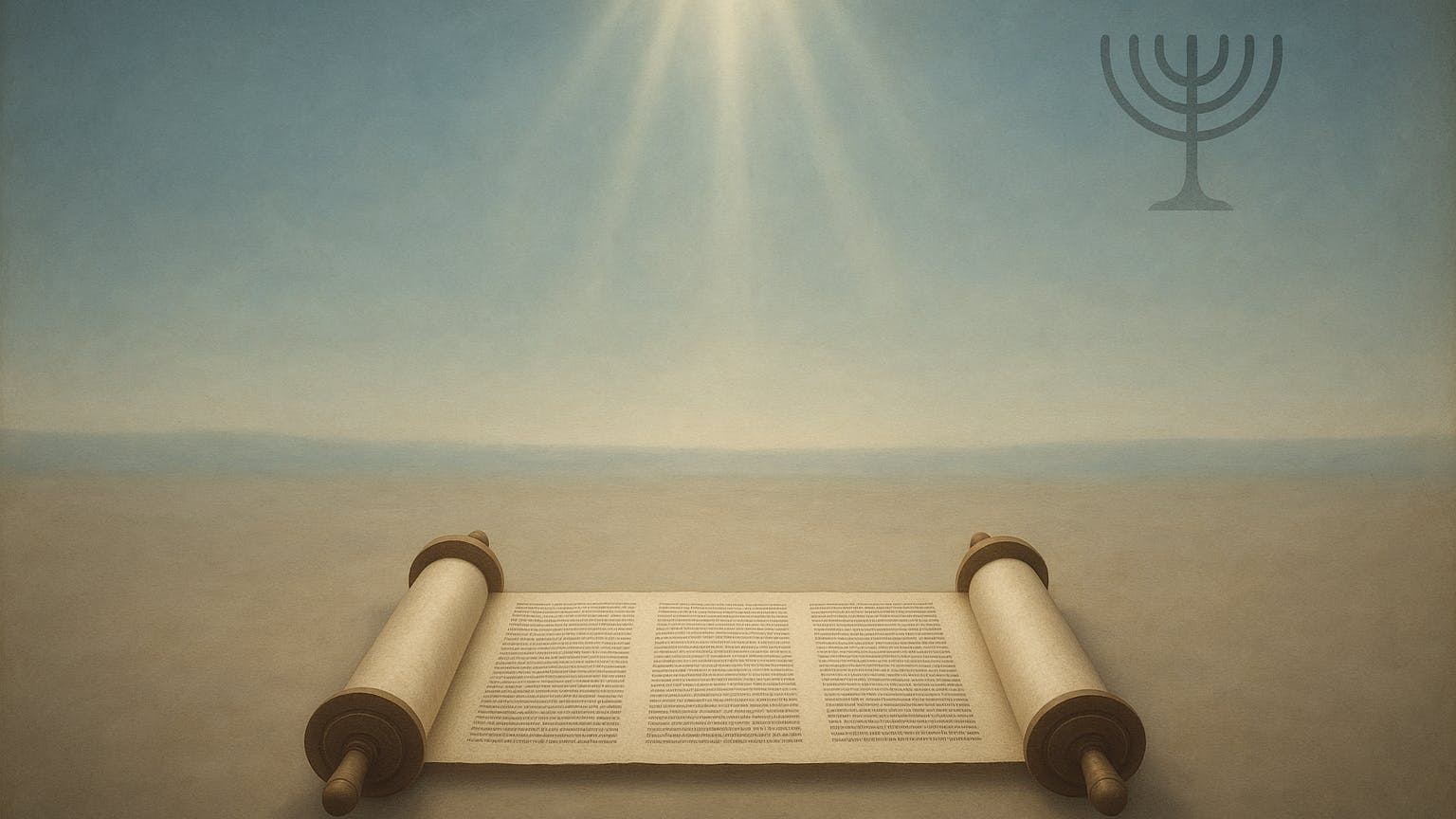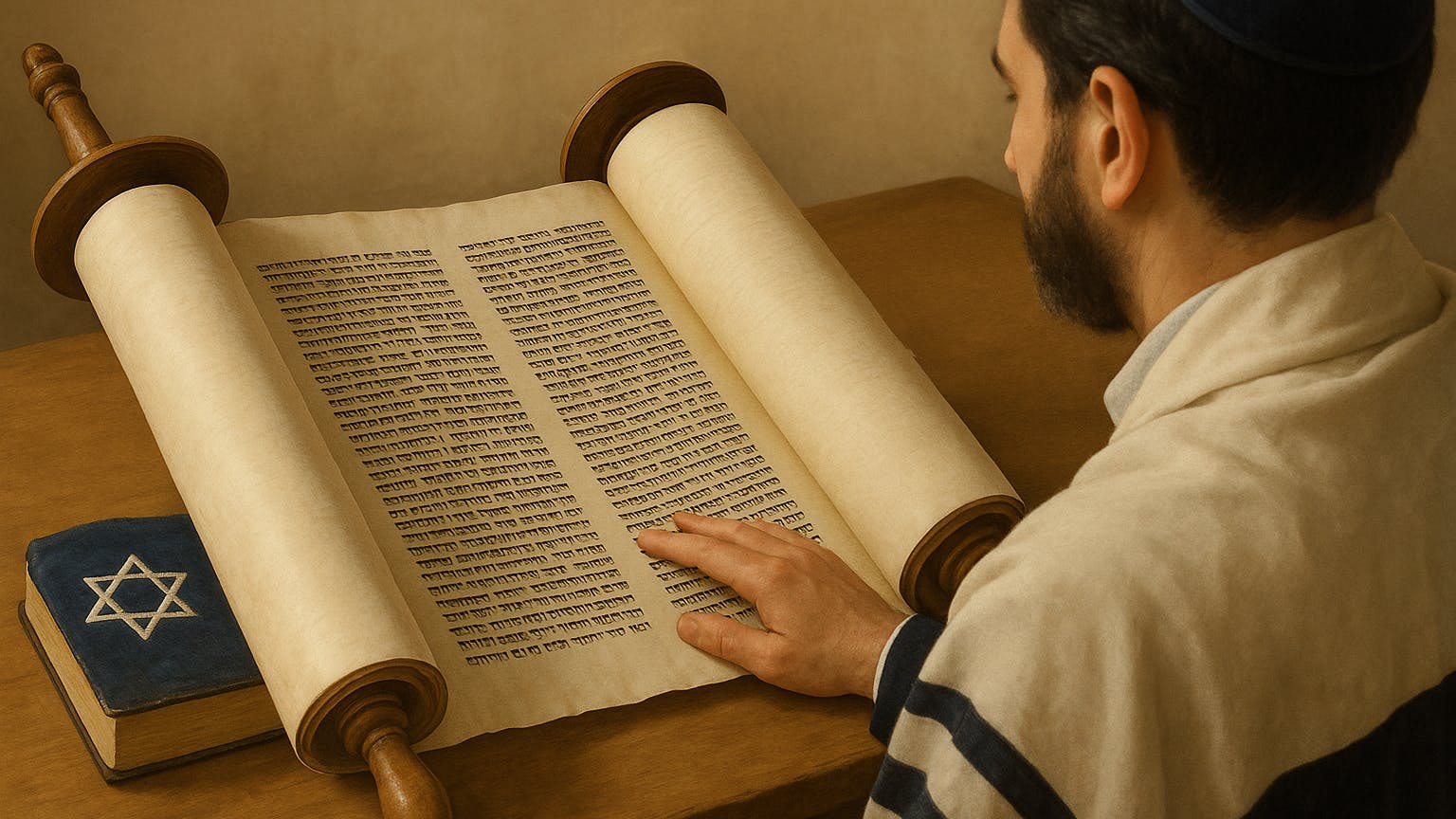Yom Kippur is the holiest and most somber day of the Jewish year.
For Jews in Israel and the diaspora, Yom Kippur holds such a strong cultural position that, often, secular Jews are inspired to join in the traditions of this special day—a day on which the nation of Israel ceases work and humbly repents before G–d for the forgiveness of sins.
According to Jewish tradition, it is in the month of Segulot (“spiritual acts that bring about miracles”), when the ears of G–d are attentive to sinner’s prayers for Him to cleanse them of their iniquities and miraculously answer their prayers.
The period between Rosh Hashana and Yom Kippur is the beginning of the Ten Days of Awe, a time of Heshbon Nefesh (“an accounting of the soul”), when each person looks inwards and outwards, checking the posture of their heart and whether or not they are in right standing with G–d and man.
But what exactly does it mean to be in right standing with G–d?
In the time of Moses, Aaron would lay his hands on the head of a goat and confess over it the iniquities of the Children of Israel (Leviticus 16:21), but in preparation for the absence of a high priest (Hebrews 4:14–15) and temple (John 2:12–25), G–d sent the Messiah to bring about His plan for forgiveness.
Let’s explore the deep riches of G–d’s forgiveness and perhaps discover a Yom Kippur miracle: that forgiveness has been given not just for the coming year, but for all time.
Parallels: The Messiah and The Scapegoat
G–d gave a command to Moses and the Israelites to set apart a day as holy unto the LORD, a day on which their sins would be atoned for:
Leviticus 23:27-28
Also on the tenth day of this seventh month there shall be a day of atonement: it shall be a holy convocation unto you; and ye shall afflict your souls, and offer an offering made by fire unto the Lord.
He proceeded in Leviticus 16 to give instructions on how the high priest should dress and bathe, and the different sacrifices that should be offered on that day. He said:
And this shall be an everlasting statute unto you, to make an atonement for the Children of Israel for all their sins once a year. And he did as the Lord commanded Moses.
~ Leviticus 16:34
Every year in the temple, the high priest would meticulously perform all of G–d’s instructions, just as Aaron had done, yet all the prophets after Moses foretold that this would not be enough to atone for all sin forever.
This is seen clearly in the messianic prophecies in the book of Isaiah, which speak of the Messiah and the reason for His coming:
Isaiah 53:5–6
But he was wounded for our transgressions, he was bruised for our iniquities: the chastisement of our peace was upon him; and with his stripes we are healed. All we like sheep have gone astray; we have turned every one to his own way; and the Lord hath laid on him the iniquity of us all.
Do the words “the Lord hath laid on him the iniquity of us all” sound familiar?
Just as, every year, Aaron laid his hands on the scapegoat (Leviticus 16:21), which took the punishment of the people, the Messiah was to take on the same role—but this time, it was for all time.
More Than Just A Scapegoat?
Why do we believe that Yeshua’s death was G–d’s atonement for our sins?
Because He fulfilled the messianic prophecies, including all of Isaiah’s lengthy messianic prophecy in Isaiah 53 (Jeremiah 31:31–34). (Read our article: Is Yeshua the Jewish Messiah?)
Here is how Yeshua fulfilled both the role of the high priest, entering into the presence of G–d as a mediator, and the role of the scapegoat, taking sin upon Himself.
The book of Hebrews speaks extensively of G–d’s master plan to reconcile the world unto Himself through a perfect sacrifice, not through the blood of bulls and goats:
Hebrews 10:1–4
For the law having a shadow of good things to come, and not the very image of the things, can never with those sacrifices which they offered year by year continually make the comers thereunto perfect.
For then would they not have ceased to be offered? Because that the worshippers once purged should have had no more conscience of sins. But in those sacrifices there is a remembrance again made of sins every year. For it is not possible that the blood of bulls and of goats should take away sins.
In other words, G–d’s plan for forgiveness was finally made complete in the Messiah, who became the Yom Kippur scapegoat, crucified outside the city’s walls (Hebrews 13:11–13).
Because Yeshua was without sin, He was the perfect Yom Kippur sacrifice and scapegoat.
Furthermore, just as in the messianic prophecy in Psalm 110, in this act of sacrifice, the Messiah made His enemies (Genesis 3:15) His footstool:
Hebrews 10:11–13
And every priest standeth daily ministering and offering oftentimes the same sacrifices, which can never take away sins: But this man, after he had offered one sacrifice for sins for ever, sat down on the right hand of G–d; From henceforth expecting till his enemies be made his footstool.
Yeshua is also the high priest who enters the Holy of Holies to make atonement on behalf of the people:
This is the covenant that I will make with them after those days, saith the Lord, I will put my laws into their hearts, and in their minds will I write them; and their sins and iniquities will I remember no more.
Now where remission of these is, there is no more offering for sin.
Having therefore, brethren, boldness to enter into the holiest by the blood of Jesus, by a new and living way, which he hath consecrated for us, through the veil, that is to say, his flesh; and having an high priest over the house of G–d.
~ Hebrews 10:16–21
The Privilege of Forgiveness
G–d, in His mercy, makes plain His plan of redemption to those who are willing to humble themselves.
Because of Yeshua’s great love, He endured great suffering, so that we may be reconciled unto G–d (John 13:1).
Yeshua’s selfless act on the cross tore the veil between G–d and mankind, so that we will never have to be separated from Him, but can partake in His holy nature (Leviticus 19:2) and enter into right standing with Him. G–d’s desire is to have a personal relationship with you.
If these Scriptures seem far-fetched to you and you have never thought of the Messiah as the Yom Kippur scapegoat, we understand.
We are here to make it easy for you to explore the truth and to decide for yourself whether there might be truth to the points made above.
More Topics
You might alsoo be interested in these topics.




